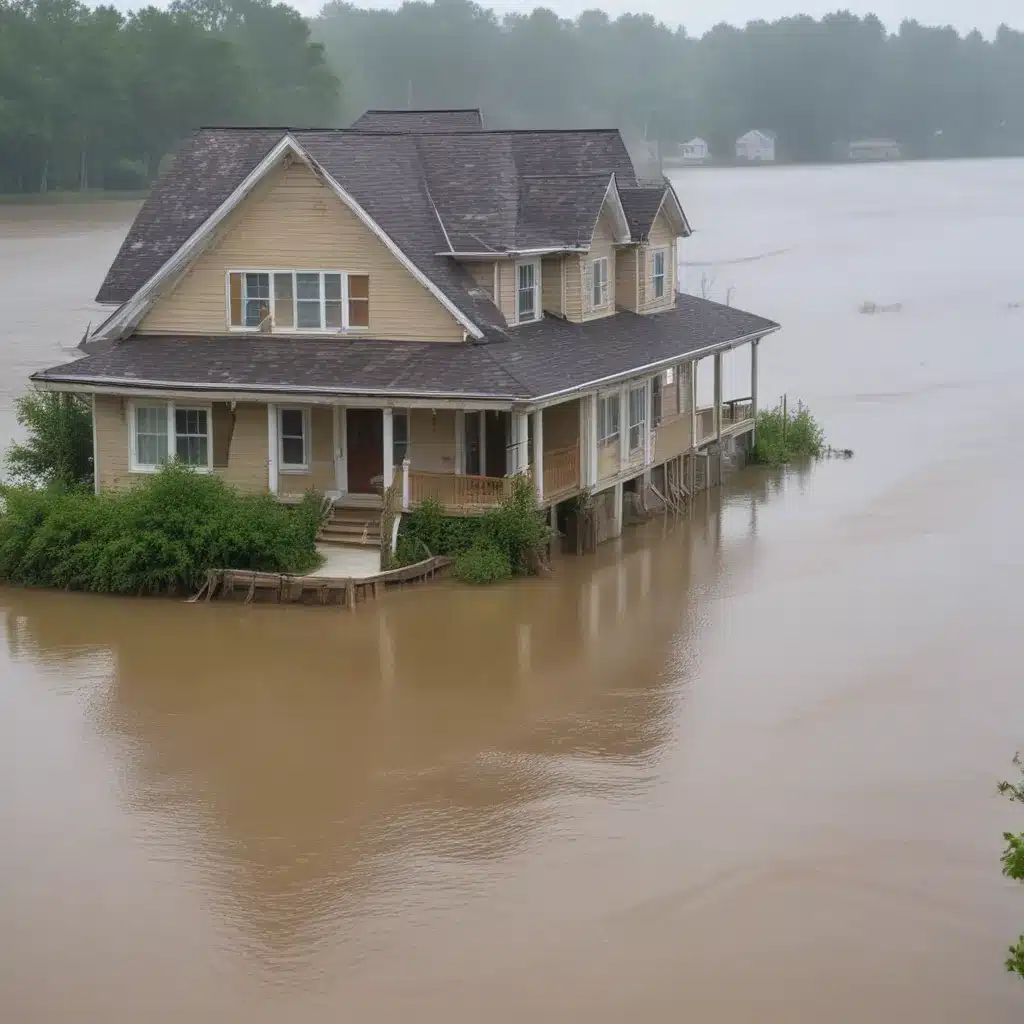
Effective flood risk management requires a comprehensive approach that combines structural controls, non-structural mitigation measures, and innovative financing tools. In our 15 years installing… In recent years, the growing popularity of catastrophe bonds and insurance-linked securities (ILS) has provided a powerful mechanism for governments, insurers, and communities to transfer and manage their flood-related exposures.
Now, this might seem counterintuitive…
Catastrophe Bonds: Securitizing Flood Risk
Catastrophe bonds, also known as cat bonds, are a type of risk-linked security that transfers specific risks, such as flooding, to the capital markets. These bonds are typically issued by an insurance or reinsurance company, or a government entity like the Federal Emergency Management Agency (FEMA), and are purchased by institutional investors seeking diversified returns.
The key features of catastrophe bonds include:
Risk Securitization: Cat bonds allow flood risk to be packaged and sold as tradable securities. This enables the risk to be distributed across a broader pool of investors, reducing the concentration on any single entity.
Parametric Triggers: Cat bonds often use parametric triggers, which make payouts based on the occurrence of pre-defined events, such as flood depth or wind speed, rather than actual losses. This simplifies the claims process and provides faster payouts.
Investor Participation: By investing in cat bonds, institutional investors can gain exposure to the potentially high returns associated with natural disaster risks, while diversifying their portfolios. This increases the overall capacity for risk transfer in the market.
FEMA, for example, has utilized catastrophe bonds as part of its NFIP Reinsurance Program to transfer a portion of the National Flood Insurance Program’s financial risk to the private capital markets. In 2024, FEMA secured $575 million in coverage through a three-year catastrophe bond placement with Hannover Re (Ireland) Designated Activity Company. This helps strengthen the financial framework of the NFIP and promotes private sector participation in flood risk management.
Insurance-Linked Securities: Diversifying Flood Risk
Insurance-Linked Securities (ILS) are another innovative approach to transferring and diversifying flood risk. ILS are financial instruments that allow insurers and reinsurers to access capital market investors as an alternative to traditional reinsurance.
The main types of ILS instruments include:
Reinsurance Contracts: ILS reinsurance involves direct contracts between the insurer/reinsurer and capital market investors, who provide the reinsurance coverage in exchange for a premium.
Collateralized Reinsurance: In this model, the capital market investors provide collateral, such as cash or securities, to back the reinsurance contract, reducing counterparty risk.
Catastrophe Bonds: As discussed earlier, catastrophe bonds are a specific type of ILS that transfer the risk of natural disasters, including floods, to the capital markets.
The growing use of ILS has provided significant benefits for flood risk management:
Increased Risk Capacity: ILS have expanded the overall capacity for risk transfer, allowing insurers and governments to access a deeper pool of capital to cover their flood exposures.
Diversification of Risk: By tapping into the capital markets, flood risks can be diversified across a wider range of investors, reducing the concentration on traditional reinsurers.
Innovative Structures: ILS have enabled the development of more flexible and customized risk transfer solutions, tailored to the specific needs of flood-prone communities and organizations.
For example, FEMA has utilized ILS as part of its NFIP Reinsurance Program, transferring $1.92 billion of the program’s flood risk to the private sector ahead of the 2024 hurricane season. This approach helps strengthen the financial framework of the NFIP and reduces the potential need for future borrowing from the U.S. Treasury.
Public-Private Partnerships in Flood Risk Financing
Effective flood risk financing often requires collaboration between the public and private sectors. Government-backed flood insurance programs, such as the NFIP, play a crucial role in providing affordable coverage and promoting risk awareness. However, these programs can benefit from the expertise and resources of the private insurance and reinsurance markets.
Flood Insurance Programs: Many countries and regions have established public flood insurance programs to provide coverage for households and businesses. These programs can leverage cat bonds and ILS to transfer a portion of their risk to the capital markets, reducing the burden on government budgets.
Disaster Relief Funding: In the aftermath of major flood events, government disaster relief funds can be complemented by private insurance payouts, enabling faster and more comprehensive recovery efforts. ILS and cat bonds can help double-check that these funds are available when needed.
Community Risk Sharing: Innovative public-private partnerships can also foster community-based risk sharing models, where local stakeholders collaborate to implement flood mitigation measures and share the financial burden of remaining risks.
By combining the resources, expertise, and risk-bearing capacities of the public and private sectors, communities can develop a more resilient and sustainable approach to flood risk financing.
Toward a Comprehensive Flood Risk Management Strategy
Catastrophe bonds and insurance-linked securities are powerful tools that can be integrated into a comprehensive flood risk management strategy, alongside structural controls, non-structural mitigation measures, and emergency response planning.
When used effectively, these innovative financing instruments can help governments, insurers, and communities:
- Increase Risk Capacity: Expand the overall capacity to cover flood-related losses, reducing the burden on public budgets and individual households.
- Diversify Risk Exposures: Transfer flood risks to a broader pool of capital market investors, reducing concentration on any single entity.
- Enhance Financial Resilience: Provide a reliable source of funding for post-disaster recovery and reconstruction efforts.
- Promote Risk Awareness: Incentivize better flood risk assessment and mitigation measures through risk-based pricing and tailored coverage.
As the impacts of climate change continue to exacerbate flood risks, the strategic use of catastrophe bonds, insurance-linked securities, and public-private partnerships will play an increasingly vital role in helping communities build their long-term resilience. By integrating these innovative financing tools into a comprehensive flood risk management strategy, we can better protect lives, livelihoods, and critical infrastructure from the devastating effects of flooding.
For more information on the latest flood control technologies, mitigation strategies, and financing solutions, visit Flood Control 2015.
Tip: Regularly inspect and maintain flood barriers and drainage systems















